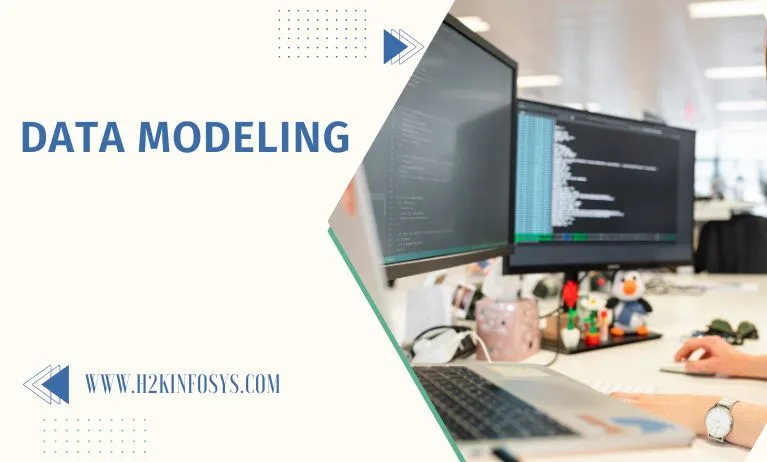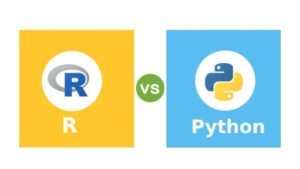Data modeling is a method of creating a simplified diagram of a software system and also data elements it contains, using text and symbols to represent the data and how it flows. Data models provide a blueprint for designing a new database or reengineering a legacy application. A data model may be considered a flowchart that explains data entities, their attributes, and their relationships. It highlights the data management and analytics team to document data requirements for applications and identify errors in development plans before any code is written.
Why is data modeling done?
Data modeling is a core management discipline. By providing a visual representation of any data sets and their business context. It also helps specify the information needed for different business processes. It then identifies the characteristics of the data elements that will be included in the applications and in the database or file system structures used to process, store and manage data.
Data modeling will help us to establish data definitions and internal data standards, often the connection with data governance programs. It plays a huge role in data architecture processes that document data assets, map how the data moves through the IT systems and create a conceptual data management framework.
Data models are built by data modelers, architects, and other data management professionals with input from business analysts, executives, and users. Data modeling is also essential for data scientists and analysts involved in developing business application intelligence applications and more complex data science and advanced analytics.
What are the different types of data models?
Data modelers use three models to separately represent business concepts and workflows, relevant data entities and their attributes and relationships, and technical data management structures. The models typically are created in a progression as organizations plan new applications and databases. The many kinds of data models are
- Conceptual data model: It is a high-level visualization of the business or analytics processes that the system will support. It maps out the data on how the different business entities interrelate and associated business rules. Business executives are the main audiences for conceptual data models that help them to see how the system will work and ensure that it meets business needs.
- Logical Data model: Here the conceptual data model is finished, it can be used to create a less abstract logical one. Logical data models show how the data entities are related and describe the data from a technical perspective. For example, they define data structures. Data model provides details on characteristics like attributes, keys, data types and others. The technical side of any organization that uses the logical models to help understand required application and database designs.
- Physical Data model: A logical data model will serve as the base for the creation of a physical data model. Physical models will be specific to the database management systems or may be application software that will be implemented. They will define the structures that the database or a file system will use to store and manage the data. This includes tables, columns, fields, indexes, constraints, triggers and other DBMS elements. Database designers will use physical data models to create designs and generate schemas for databases.
What is the data modeling process?
Conceptual, logical and physical data models are created sequentially involving members of the data management team and business users. Input from the business executives and workers is especially important during the conceptual and logical modeling phases. The data models may not fully capture the business context of data that meets an organization’s information needs.
A data modeler or data architect initiates a modeling project by interviewing business stakeholders to collect requirements and details about the business processes. Both the conceptual and logical models can also be designed with assistance of Business analysts. A physical data model is used to communicate specific technical requirements to database designers.
Questions
- What is data modeling?
- What are the processes of data modeling?






























